Business in Malta, Valletta, Marine Transport

Maltese Foreign Trade. Malta: strategic position between Europe, Africa
- Introduction to the Republic of Malta (EU)
- Maltese Economy: a strategic position between Europe, North of Africa and the Middle East (MENA)
- Business in Valletta
- Maltese International Trade
- Investment in Malta
- Access to the Maltese Market
- Business Plan for Malta
The objectives of the subject “International Trade and Business in” Malta” are the following:
- To analyze the Maltese Economy and Global Trade
- To know the trade opportunities in the Maltese Market
- To analyze the trade relations of Malta with the country of the student
- To know the Maltese free trade agreements as a member of the EU
- To develop a business plan for the Maltese Market

The Subject “Foreign Trade and Business in Malta” belongs to the following Online Programs taught by EENI Global Business School:
Doctorate: European Business, World Trade.
Masters: International Business, Foreign Trade.
Languages:  +
+  Malta
Malta  Malte
Malte  Malta.
Malta.
- Credits of the Subject “Doing Business in Malta”: 1

- Duration: one week
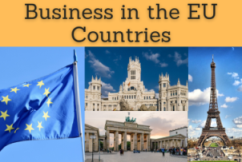
 Masters adapted to Maltese Students.
Masters adapted to Maltese Students.
International Trade and Business in Malta
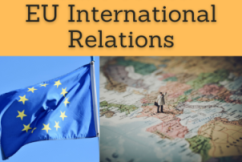

Maltese Preferential Access and Trade Agreements:
- Malta and the European Economic Area
- The EU
- European Customs Union
- European Single Market
- The EU Services Directive
- European Digital Single Market
- As a member of the EU, Malta is a beneficiary of the EU Trade Agreements
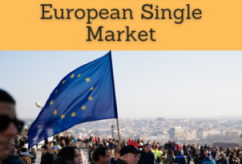
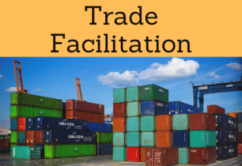
- WTO
- GATS
- Agreement on Sanitary Measures
- Agreement on Technical Barriers to Trade
- Agreement on Preshipment Inspection
- Agreement on Safeguards
- Trade Facilitation Agreement
- WCO
- ICC
- BIC
- Chicago Convention (ICAO)
- IMO
- Convention for Safe Containers
- Istanbul Convention
- IRU
- TIR Convention
- Guidelines on Safe Load Securing for Road Transport
- Customs Convention on Containers - not a member

European Organizations:
- The EU
- OSCE
- UNECE

- UN
- WB
- WTO
- IMF
- Asia-Europe Meeting
The Republic of Malta (Europe).
- Capital of Malta: Valletta
- Official Language: Maltese and English
- Maltese Area: 316 km²
- Maltese Population: 423,282 million people (the highest population density in the EU)
- Type of Government of Malta: Parliamentary Republic
- Malta is an island country. Nearest countries: Tunisia, Libya and Italy
- Independence of Malta: 1964 (UK)
Religion in Malta: Catholicism (Christianity).

Malta belongs to the European Economic Area.
Economy of Malta.
- Malta is considered as an advanced economy by the World Bank
- Malta is considered the 15th most democratic country in the world (Economist Intelligence Unit, Democracy Index)
- The Republic of Malta has become a crucial Shipping logistics centre, thanks to its strategic position between Europe, North Africa and the Middle East
- The Maltese tourism sector (1.7 million tourists) is one of the pillars of the Maltese economy, as well as textile and electronics industry
- The Maltese banking sector has experienced strong growth in the recent years
- Maltese GDP (nominal): 7,419,000 million dollars
- GDP per capita of Malta: 18,088 dollars
- Maltese Currency: Euro (2008)
- Malta is a member of the EU since 2004
- Malta has one of the lowest tax systems in the EU
- Headquarters of the European Asylum Support Office (EASO)
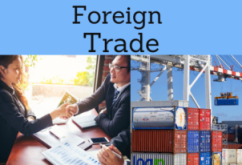
Maltese Foreign Trade.
- Foreign Trade is key for Malta
- The main Maltese Export are machinery, fuels, pharmaceutical products, books, aircraft, toys and sports equipment
- Top Maltese exports destinations: Germany (18%), Libya, France, the UK, Italy
- The main Maltese Imports are fuels, electrical machinery, aircraft, machinery, semi-manufactured products, vehicles
- The main suppliers of Malta are Italy (19%), the UK, Germany, France, China, Greece, Spain
- As a member of the EU, Malta is a beneficiary of the EU trade agreements with the ASEAN, Egypt, Jordan, Lebanon, Ukraine, Moldova, Georgia..
(c) EENI Global Business School (1995-2024)
We do not use cookies
Top of this page



